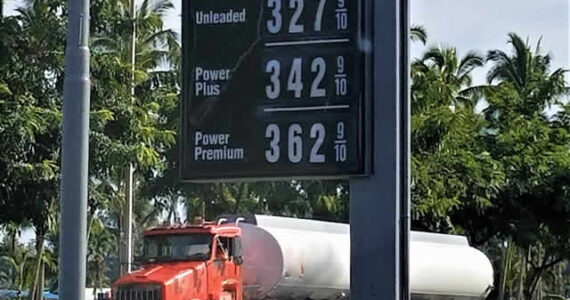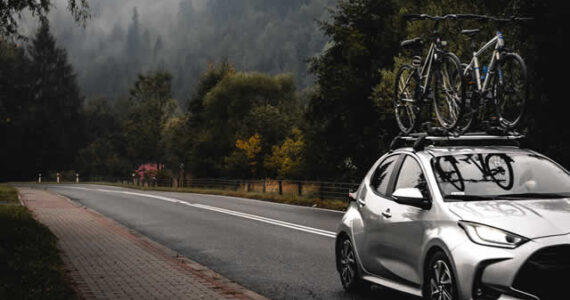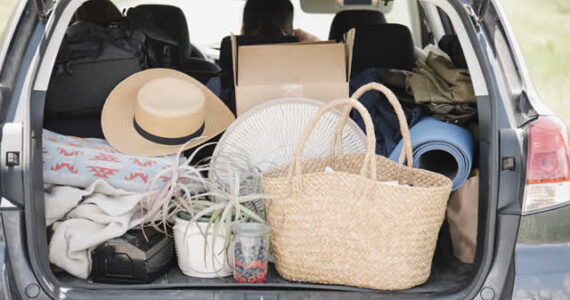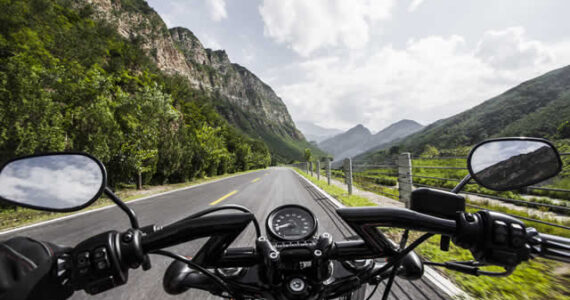Expanding vehicle capacity for big moves can feel like a daunting challenge, but with the right strategies, it becomes a lot more manageable. Whether you’re relocating across town or embarking on a cross-country journey, the way you pack and utilize your space makes all the difference.
Instead of assuming you need a bigger vehicle, you can often stretch the capacity of the one you already own with creative approaches, smart organization, and a little planning.
This guide explores practical tips that will help you maximize space, reduce stress, and keep your move running smoothly.
Understanding Your Vehicle’s True Capacity
Before trying to expand capacity, it’s important to know what your vehicle can safely hold. Check the owner’s manual for weight limits and pay attention to roof load ratings, towing capacity, and gross vehicle weight.
Overloading can damage your car and make driving unsafe. Once you know these numbers, you’ll have a better sense of how much you can realistically carry without risking performance or safety.
Expanding Vehicle Capacity for Big Moves
One of the most overlooked parts of maximizing space is planning. Instead of randomly tossing items into the backseat or trunk, take a moment to group items by size and shape.
Think of it as a puzzle: the more carefully you plan, the more pieces you’ll fit. Start with large, heavy items first, placing them at the bottom or back of the vehicle, and then fill in gaps with smaller items. Having a packing plan ensures everything fits snugly and securely.
Using Roof Racks and Cargo Carriers
If your vehicle has a roof rack, it’s a game changer. Roof racks and cargo boxes can dramatically increase your carrying capacity by moving bulky but lightweight items out of the car.
Suitcases, camping gear, or seasonal clothing all fit well up top, leaving the inside space for fragile or heavy items. If your car doesn’t have a built-in rack, after market options are widely available and relatively easy to install.
Towing Small Trailers for Extra Space
For especially large moves, a small trailer might be worth considering. Even compact cars can tow lightweight trailers, provided they are equipped with the right hitch and within towing capacity.
Trailers give you the freedom to transport furniture, large boxes, or even outdoor equipment without overcrowding your main vehicle. Renting a trailer for a few days can be more affordable than hiring professional movers, while still giving you the flexibility you need.
Making Use of Vertical Space
When loading items inside your vehicle, think vertically as well as horizontally. Tall boxes or furniture pieces can be stacked carefully to make the most of the cabin space.
Use straps or bungee cords to secure items and prevent shifting while driving. The goal is to build stable layers rather than creating a pile that could topple over when you hit the brakes.
Soft-Sided Storage Bags for Flexible Packing
Hard suitcases and rigid boxes sometimes waste space because they can’t mold into tight corners. Soft-sided duffel bags or vacuum-sealed storage bags are much more flexible and can be squeezed into odd spaces like under seats or between larger items.
They are especially useful for clothes, bedding, and soft household items. This method allows you to maximize every nook and cranny.
Folding and Removing Seats
Many vehicles today come with foldable or removable seats, which can significantly increase cargo space. If your car has a third row that you rarely use, folding it down creates a flat area for large items.
Some vans and SUVs even allow complete seat removal, transforming them into mini cargo vans. Before moving day, take the time to configure your seating in a way that maximizes open space.
Keeping Safety in Mind
Expanding vehicle capacity for big moves is important, but not at the expense of safety. Heavy items should always be placed low and toward the center to maintain balance.
Avoid stacking so high that your rearview mirror is blocked. Use tie-downs, nets, or straps to keep cargo from shifting during sudden stops. The safer your load, the smoother your move will be.
The Role of Decluttering Before Packing
Sometimes the best way to increase vehicle capacity is not by adding space but by reducing what you need to transport. Decluttering before a move is a good way to simplify your move and ensure you’re only taking what truly matters.
Donating unused items, recycling old furniture, or selling things you no longer need can make the packing process easier while saving space for essentials.
Creative Use of Passenger Space
If you’re traveling solo or with just one passenger, consider using extra seat space for storage. Boxes or bags can be buckled into the passenger seat for added stability.
Rear footwells can also hold small bags or bins without interfering with safety. As long as seatbelts remain accessible, these areas can provide valuable extra room.
Timing Multiple Trips for Efficiency
If it is not a long-distance move and you’re moving locally, sometimes the simplest way to expand capacity is to split the move into multiple trips. While it may take longer, dividing loads can prevent overstuffing your vehicle and reduce the risk of damage to belongings.
Multiple smaller trips also give you the chance to unpack and organize gradually instead of dealing with everything at once.
Considering Professional Help for Oversized Items
While maximizing your own vehicle is cost-effective, there are times when it’s smarter to get outside help. Oversized furniture, appliances, or fragile items may not fit safely in your car no matter how well you pack.
In these cases, renting a moving truck or hiring professional movers for just those specific items can save you from potential accidents or damage.
Transporting More Than You Might Expect
At the end of the day, expanding vehicle capacity for big moves comes down to preparation, resourcefulness, and safety. From roof racks to foldable seats and soft-sided bags, there are countless ways to make more room without investing in a larger vehicle.
Decluttering before packing also ensures that the space you do have is reserved for what truly matters. With a thoughtful plan and the right techniques, your vehicle can become a surprisingly capable partner in your relocation, turning a potentially overwhelming process into a smoother, more efficient experience.
image credit: envato.com


















